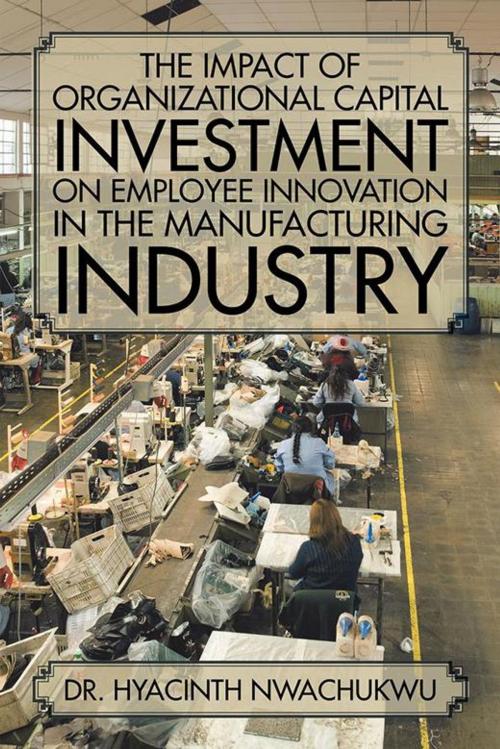The Impact of Organizational Capital Investment on Employee Innovation in the Manufacturing Industry
Business & Finance| Author: | Hyacinth Nwachukwu | ISBN: | 9781524607029 |
| Publisher: | AuthorHouse | Publication: | May 20, 2016 |
| Imprint: | AuthorHouse | Language: | English |
| Author: | Hyacinth Nwachukwu |
| ISBN: | 9781524607029 |
| Publisher: | AuthorHouse |
| Publication: | May 20, 2016 |
| Imprint: | AuthorHouse |
| Language: | English |
This study involved an exploration of the impact of organizational capital investment on employee innovation in the manufacturing industry. The overarching question was: Does organizational capital investment impact employee innovation in the manufacturing industry? Organizations tend to place much emphasis on how skill drives innovation, but not on how capital investment impact employee innovation. The research was guided using a qualitative phenomenological case study design to probe the impact of capital investment on employee innovation. Participants were selected through a convenience and purposive sampling method using the researchers personal professional network as well as the snowball method to seek participants from individuals referrals. Data collection involved personal interviews, audio recording, and note taking. The assumption was that employee innovation is not an option but a necessity, because organizations compete on global fronts for resources and market share. Consequently, capital investment in machinery and employee innovation becomes symbiotic in nature, not mutually exclusive. Results showed employee innovation can be impacted and enhanced through the acquisition and application of appropriate technological capital investment. The researcher recommends further research to ascertain whether the amount of organizational capital investment is proportional to the development of employee innovativeness.
This study involved an exploration of the impact of organizational capital investment on employee innovation in the manufacturing industry. The overarching question was: Does organizational capital investment impact employee innovation in the manufacturing industry? Organizations tend to place much emphasis on how skill drives innovation, but not on how capital investment impact employee innovation. The research was guided using a qualitative phenomenological case study design to probe the impact of capital investment on employee innovation. Participants were selected through a convenience and purposive sampling method using the researchers personal professional network as well as the snowball method to seek participants from individuals referrals. Data collection involved personal interviews, audio recording, and note taking. The assumption was that employee innovation is not an option but a necessity, because organizations compete on global fronts for resources and market share. Consequently, capital investment in machinery and employee innovation becomes symbiotic in nature, not mutually exclusive. Results showed employee innovation can be impacted and enhanced through the acquisition and application of appropriate technological capital investment. The researcher recommends further research to ascertain whether the amount of organizational capital investment is proportional to the development of employee innovativeness.















